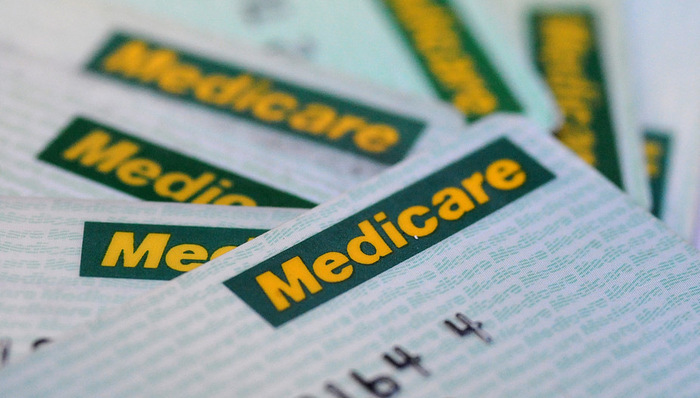
For individuals aged 20-40 in Europe and America, the threat of critical illnesses—such as cancer, heart disease, or stroke—feels distant, yet the financial fallout of such diagnoses can derail lives overnight. Traditional critical illness insurance offers a lump-sum payout after a diagnosis, providing a financial safety net but doing little to prevent illness in the first place. Enter critical illness insurance with wellness incentives: a modern model that merges financial protection with rewards for healthy behavior, aligning with the proactive health mindset of young adults and redefining what insurance can offer.
At its core, this insurance type retains the core benefit of traditional critical illness coverage: a tax-free payout (typically €50,000–€250,000 in Europe, 100,000–500,000 in the U.S.) if the policyholder is diagnosed with a covered critical illness. What sets it apart is the wellness incentive program, which rewards policyholders for actions that reduce health risks. These incentives are tracked via digital tools—smartphone apps, wearable devices (e.g., Apple Watch, Fitbit), or integration with health apps—and can include: discounted monthly premiums (up to 15–20% for consistent healthy habits), cashback rewards (50–200 annually for completing preventive screenings like mammograms or cholesterol tests), or points redeemable for fitness memberships, healthy meal kits, or even free vaccines (vaccinations) for flu or COVID-19. For example, a 30-year-old in Madrid who logs 150 minutes of weekly exercise and gets an annual physical might see their premium drop by 12%, while a 28-year-old in Chicago could earn $100 cashback for quitting smoking through the insurer’s supported program.

For 20-40-year-olds, this model delivers three transformative benefits. First, it makes insurance more affordable: young adults, often balancing student loans, rent, or early-career salaries, appreciate premium discounts that lighten financial pressure. A 2024 study by the European Insurance and Occupational Pensions Authority (EIOPA) found that policyholders with wellness incentives paid 18% less on average than those with traditional plans. Second, it encourages sustainable healthy habits: instead of viewing insurance as a “just-in-case” expense, young users engage with their policies daily—tracking workouts, scheduling check-ups—to earn rewards, turning insurance into a partner in long-term health. Third, it supports early detection: incentives for preventive care (e.g., colonoscopies, skin checks) help catch potential health issues before they escalate into critical illnesses, improving survival rates and reducing the need for costly treatments.
The market for this insurance has grown rapidly, with providers tailoring programs to young adults’ lifestyles. In Europe, AXA (France) offers its “Health Rewards” plan, which syncs with fitness trackers and offers premium cuts for step goals, while Vitality (UK) partners with brands like Nike and Waitrose to let users redeem wellness points for workout gear or organic groceries. In the U.S., John Hancock’s “Vitality GO” program rewards policyholders for gym visits and healthy eating, and Cigna’s “Wellness Rewards” includes free telehealth consultations for mental health— a key priority for young adults, 45% of whom report stress-related health concerns (per a 2025 American Psychological Association survey).
When choosing a policy, young adults should focus on three factors. Incentive attainability: Avoid plans with unrealistic goals (e.g., 300 minutes of weekly exercise) — opt for flexible targets that fit busy schedules. Coverage breadth: Ensure the policy covers high-risk illnesses for your age group (e.g., thyroid cancer for women under 40, testicular cancer for men under 40) and includes pre-existing condition clauses that are fair. Data privacy: Confirm the insurer uses end-to-end encryption for health data from wearables or apps, as young users prioritize protecting personal information.

For 20-40-year-olds in Europe and America, critical illness insurance with wellness incentives is more than a safety net—it’s an investment in both their future health and finances. By rewarding healthy choices, it turns insurance from a passive expense into an active tool for well-being, ensuring young adults don’t just prepare for the worst, but thrive in the best. In a generation that values control over their health, this model isn’t just innovative—it’s essential.


